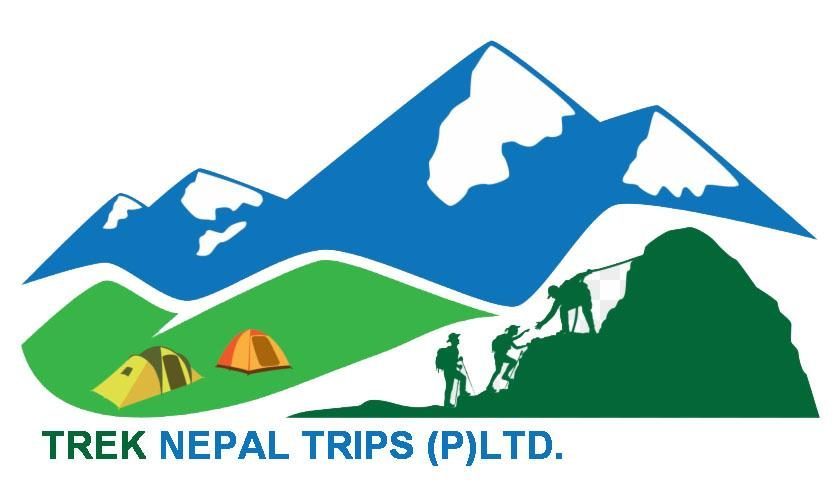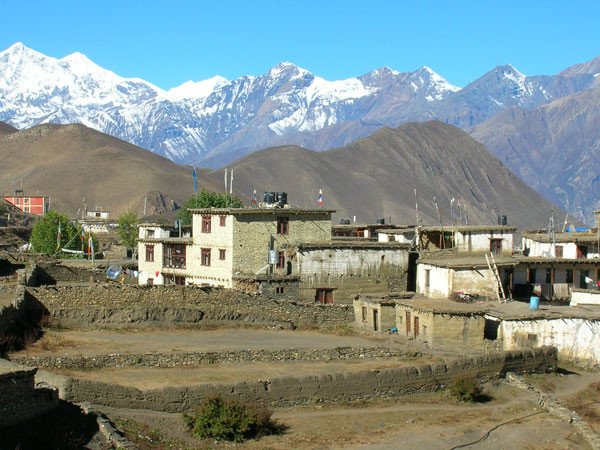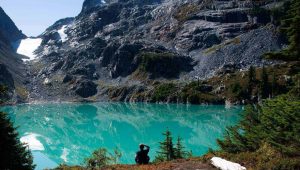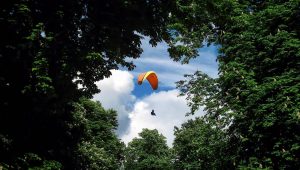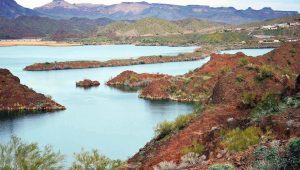The Forbidden Kingdom of Mustang is one of the most famous of Nepal’s greatest national treasures. Neighboring mountainous plateaus in the east and west, Upper Mustang is celebrated for its contrasting natural beauty.
Overview
About the trek:
The Forbidden Kingdom of Mustang is one of the most famous of Nepal’s greatest national treasures. Neighboring mountainous plateaus in the east and west, Upper Mustang is celebrated for its contrasting natural beauty. Dry land with bare hills, impressive silver vistas of snow-capped mountains, and rich seasonal colors. It is a delicious green during the harvest months and crimson throughout the autumn. Upper Mustang has two clear regions. The northern area belongs to the continuing walled-in kingdom of the Lo, introduced by Ame Pal in the 14th century. The language and different cultures and traditions of the Lo are almost completely Tibetan. The southern part has five villages occupied by Manangi descendants. It is homeland is Jong Gharpu, a 5-story mountain cave that in ancient times was fitted out with 44 rooms, and to Muktinath (ChumigGyatsa), a major settlement, the holy place and pilgrimage for Buddhists and Hindus. Until recently, Upper Mustang was isolated, with very few travelers able to enter this sacred region. Trekking in the Upper Mustang is a special advantage. For lots of years, there was very little contact with the rest of Nepal, and they managed to retain their wealthy cultural heritage and were formally acknowledged
by the government of Nepal. There are options for a trek into Upper Mustang to be comparable to trekking in Tibet, as its geography is a part of the Tibetan plateau. The district of Mustang, till 1950, was a separate kingdom inside the boundaries of Nepal.
The remaining king, the Raja of Mustang, still lives in the historical capital, known as Lo Manthang. Upper Mustang has first opened to non-Nepali trekkers only some fifteen years ago, and even today, the area is very cramped. trekkers need a different trekking permit to enter the upper Mustang and should be accompanied by a certified guide. The Upper Mustang is unique in every form. The Upper Mustang trek into the remote Trans-Himalayan Region of this semi- independent Tibetan Kingdom offers an adventurous 14-day itinerary with spectacular trekking through a striking semi-arid desert with colorful rock formations, deep ravines, and snow-capped peaks surrounding you. The history, culture, myth, and legend blend best with the stunning landscape. In common usage, Mustang refers to the dry, Tibet- like region at the northern end of the Kali Gandaki known to residents as Lo. Mustang
has a rich, complex, and long history that makes it an interesting place in Nepal. The presumptive history of Lo is shrouded in legend, myth, and mystery, but there are records of things happening in Lo as early as the 8th century. It is about the Tibetan poet Milarepa, who lived from 1040 to 1123 and visited Lo. In Lo itself, the countryside is similar to the Tibetan plateau, with its endless expanses of yellow and gray rolling hills eroded by wind more than rain in the lower part of the upper Mustang, and its hills tend to be great red-flouted cliffs of tiny round stones cemented together in the mud.
They are a green oasis in the desert-like landscape during the summer after crops have been planted.
Best time for the trek:
The perfect time for trekking in Nepal during the summer months, the Upper Mustang will automatically come on your radar. Thanks to the Upper Mustang’s being in the rain shadow of the Annapurna, you can experience crystal clear days and dry weather this time of year. The summer months are also relatively quiet. The best tea houses will be
yours. The most popular times of the year are spring and autumn.
At Trek Nepal Trips, we are committed to making your trek the best experience you will ever have. If you are interested in joining the Manaslu Annapurna Circuit Trek, contact us and we will take care of everything for you. Please note that these trips are completely customizable according to your preference. The itinerary is only for reference.
Upper Mustang Trek Highlights:
-Walk back to the history of Lo Manthang after exploring the palace of the king.
-Walk freely no worrying about anything like rain as the region lies in the rain shadow area.
-Walking through many Gompas, chortens, flapping prayer flags, and caves gives you a spiritual feeling.
-Catch a live glimpse of the Tibetan influence on the everyday activities and culture of the locals.
-Views of the seminary of Nilgiri, Annapurna, Dhaulagiri, and other mountain ranges
-Breathe in the spirituality of the Tibetan people and monks with their prayer flags.
-Witness the everyday life and culture of the local people who live closely with Tibetans.
